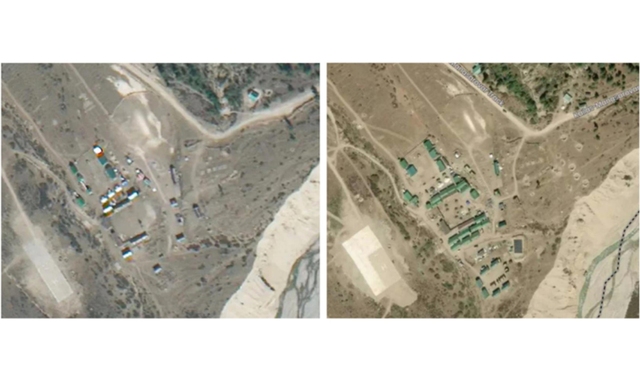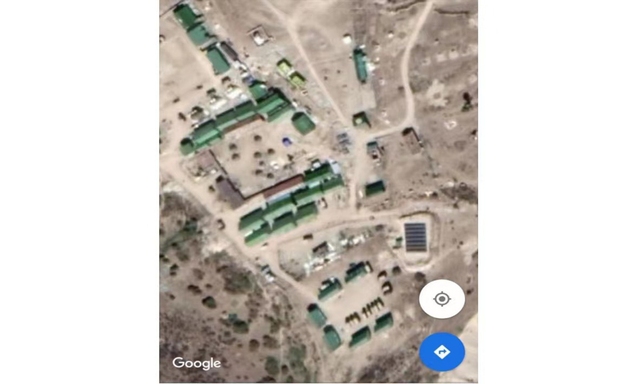(Source: Global Times, 2022-08-14)
New Delhi has been making new moves at the border recently. From October 14 to 31, India and the US are scheduled to hold the annual joint military exercise Yudh Abhyas in Auli in the Indian state of Uttarakhand - deliberately choosing to hold the event less than 100 kilometers away from the Line of Actual Control (LAC) on the China-India border. Meanwhile, Indian and American special forces have also conducted a 21-day Vajra Prahar joint exercise in the Indian state of Himachal Pradesh in the southern foothills of the Himalayas since August 8. The two military exercises are aimed at strengthening the military interoperability between India and the United States. They have chosen areas close to the China-India border, directly targeting China at the tactical level. New Delhi is no longer shy about its intention to use the US to suppress China.
However, after facing difficulties on continuing to encroach on China's territory on the LAC, India has turned to other neighbors to strengthen its control and encroachment on the border between China, India and the third country. In 2017, under the excuse of so-called security concerns, India unreasonably opposed China's construction of a road on its own territory at the junction of the China-India-Bhutan border and illegally crossed over into the Chinese side, which triggered the Doklam standoff. In recent years, in the Kalapani region at the junction of China, India and Nepal, India has also tried to occupy and seize as much as possible, arousing strong opposition from the Nepali side.
The Kalapani region near the China-India-Nepal border is a traditionally disputed area between India and Nepal.

Photos: Public satellite images of Google Maps in various years
In May 2020, India challenged the status quo of the LAC and tried to build an 80-kilometer road through these disputed areas to Lipu Lekh. Indian Defence Minister Rajnath Singh made a high-profile attendance in the unveiling ceremony, triggering domestic disputes in India and Nepal. In November 2019, India blatantly included the disputed area into its own territory on the map. Not to be outdone, Nepal released its new political map in May 2020 which also included the disputed area into Nepal. Nepal's parliament soon voted to confirm the new version of the map.
Despite strong opposition from Nepal, India has still acted defiantly. Indian Prime Minister Narendra Modi reiterated in his speech at a mass rally in Uttarakhand in December 2021 that his government had built the road up to Lipu Lekh and it is being expanded further. What's more, India has directly strengthened its military presence in the Kalapani region recently, building a large number of military facilities and increasing the deployment of troops.

Photos: Public satellite images of Google Maps in various years

Photos: Public satellite images of Google Maps in various years
Through Google, it can be seen that India has aggressively expanded its military facilities throughout Kalapani recently. India wants to kill two birds with one stone by doing so. On the one hand, India aims at forcing Nepal to accept the reality of this area being occupied by India through actual military control. On the other hand, its strengthening of the military deployment is also a deterrent against China on the other side of the border.
Nepali media are still silent on India's move of strengthening its military presence in disputed area, which is partly due to the Deuba government's pro-India diplomacy, still fantasizing about avoiding confrontation. However, China has reasons to be highly wary of India's move. During the 1962 China-India border war, India sent a large number of troops into Sikkim under the pretext of protecting Sikkim and stayed there afterwards, foreshadowing India's annexation of Sikkim. India is now able to prevail in the Kalapani dispute with Nepal, which is also because Nepal allowed Indian troops to station there after 1962. In contrast, India also spread rumors in 1962 that China was going to invade Bhutan and proposed to send Indian troops to Bhutan to protect it. Bhutan rejected India and has thus safeguarded its independence and sovereignty to this day.
The author is professor with the Institute of International Studies at Fudan University.






